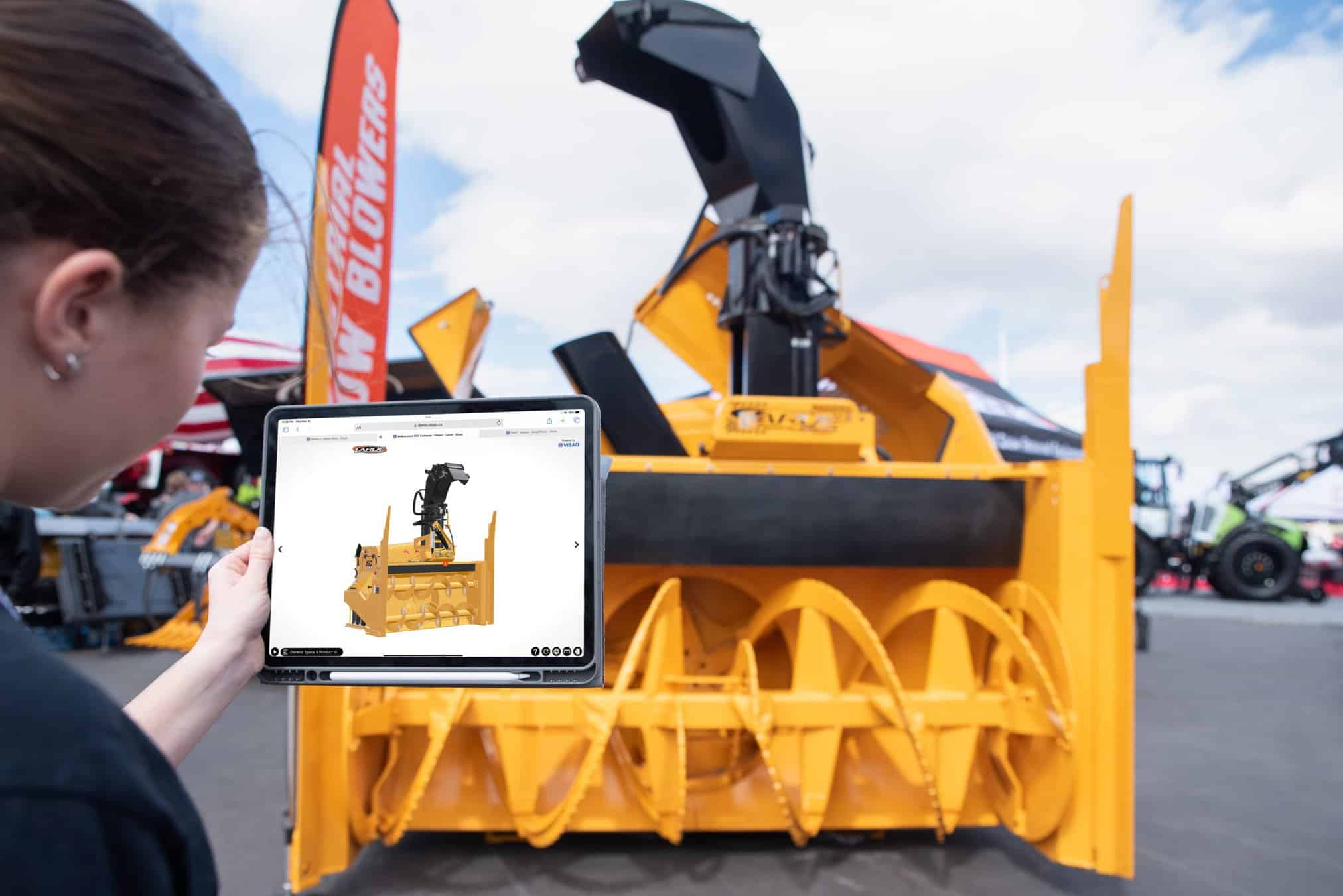What is HDRI?
An HDRI, which stands for High Dynamic Range Image, is a 360° image that is wrapped around an image or even a 3D model for lighting and background purposes. It is created by mixing several images of the same scene with different exposures (from the darkest shadow to the brightest highlight).
To do this, it stores the three colour values of the RGB scale with floating point precision, which means that the brightness is recorded in each colour pixel. Precisely, this panoramic photo contains 32 bits per pixel per channel, which is much more than the traditional 8-bit JPEG image.
In this article, you will learn more about high dynamic range imaging, its different lighting uses, how 3D experts use HDR environments and how to apply it to 3D scenes.
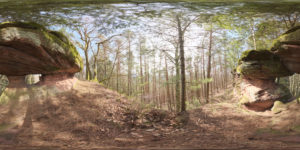
What is high dynamic range imaging used for?
Today, high dynamic range imaging is used in many different applications around the world. Below is a list of the most common uses.
HDRI for 3D visualization and 3D animations
High dynamic range images are commonly used in 3D visualization. Indeed, adding an HDRI environment to a 3D model allows for a detailed and realistic rendering of shadows and lighting reflections. Without these features, a 3D model/scene can look cartoonish and less professional. For the same reasons, HDRIs are used for animation interior visualization too.
In this example, an HDRI map of space has been added to make the Millennium Falcon look more realistic.
Below is an example of a 3D model before and after adding an HDRI environment using Visao’s 3D visualization creation platform.
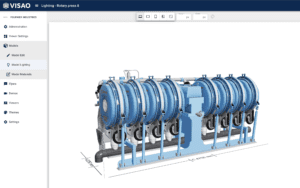
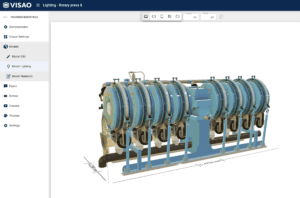
HDRI for architect rendering
HDRI environments are commonly used for rendering architectural renderings. These panoramic images, which vary in tone and mood, give a realistic lighting effect on 3D scenes and objects.
It also adds more natural light to a scene. In this picture below, you can see the reflection of the sun, particularly on the architect rendering floor.
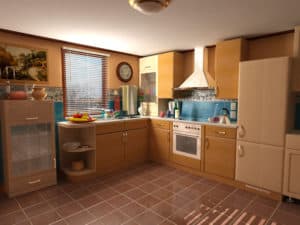
HDRI monitors and TVs
More and more televisions and monitors today offer DisplayHDR 400/600/1000 built into the product. With such a feature, HDR monitors and TVs can display many more shades of colour values than ordinary displays.
This allows users to see with a human eye more details (especially in dark areas and shadows) and light, for example, in video games and movies. This feature makes the display much more realistic.
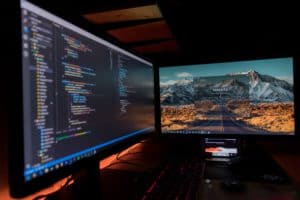
HDR Photography
HDR photography is the process or method of combining several photos (taken at various exposures on a camera) to generate a more detailed and cleaner scene. Sunrises, sunsets, and nightscapes are all common subjects for HDR photos.

What is the file format for HDR images?
An HDR file uses the .hdr extension. The file format can be opened on various 3D modelling software such as Adobe Photoshop, Blender and Maya.
How does the HDR file encode data?
An HDR file’s pixel value can include the whole tonal lighting range found in the physical world, not limited to just the RGB range. High dynamic range images can potentially display the widest variety of pixel values conceivable, from direct light to the highlights to the deepest shadows.
HDR may be created in two ways: by merging different images in a certain way, or by using image sensors using 3D modelling software.
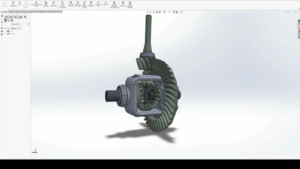
What is the difference between HDR and HDR10?
HDR10 employs a specific technique called the ST2084 Perception Quantization curve. This curve ensures that the full range of image content, as well as the maximum lighting and exposure values, reaches up to 1000 nits, resulting in improved picture quality.
On the other hand, HDR10+ takes things a step further. It incorporates dynamic metadata to manage highlights and brightness, allowing for values of up to 4000 nits. This enhancement results in an even crisper and more vivid image quality compared to standard HDR10.
What is the difference between an HDR image and an HDR map?
HDR images are commonly used in computer graphics and photography to create high-quality images with greater contrast and colour depth.
This type of file captures more information about light and dark areas to produce a more detailed final product. In contrast, HDR maps, also known as HDRI maps, are utilized as backgrounds for 3D models. T
hese 360-degree panoramic images of real-world locations provide essential information on the environment’s lighting conditions, including colour, brightness, and reflections, enabling realistic lighting in 3D scenes. While both HDR images and maps are crucial in computer graphics, they have distinct purposes.
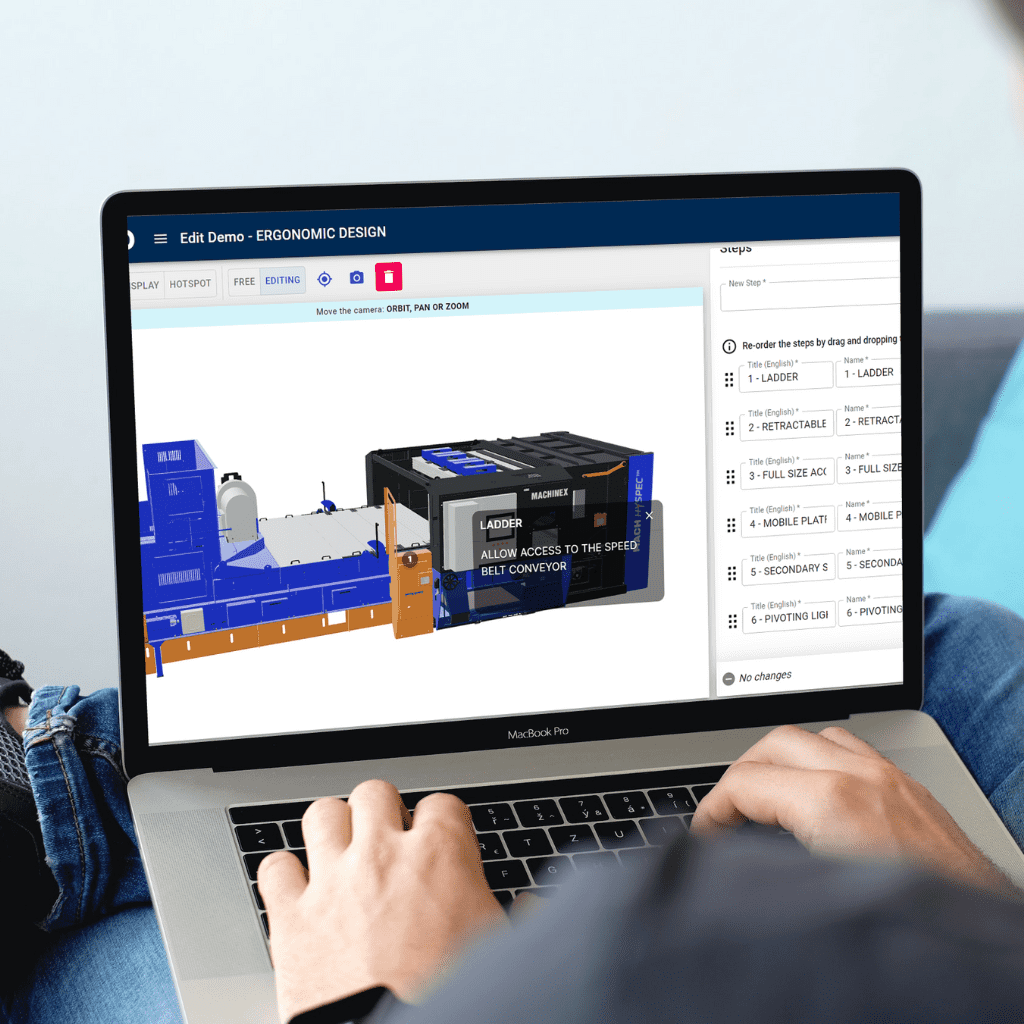
Curious about using our platform?
Discover the ease of creating 3D viewers with Visao’s online platform! Our new whitepaper proves just how easy it is – even for employees with no 3D experience. Don’t just take our word for it, see for yourself!
How to know which high dynamic range environment to pick for a 3D model?
When selecting a high dynamic range environment for a 3D model, experts consider the physical setting and context of the object they are working on. These environments, represented through HDRI (High Dynamic Range Imaging), significantly influence the lighting and ambiance of the 3D model.
For instance, if you have a 3D model of a mountain bike, applying an HDRI environment depicting a forest can create a lifelike lighting effect, enhancing different areas of the model with varying brightness levels.
Alternatively, using an HDR image of the sky provides a realistic overall view of the object, without specifying a particular background.
To illustrate, the examples below demonstrate how different environments impact the appearance of the 3D model, showcasing the transformative power of selecting the right high dynamic range setting.
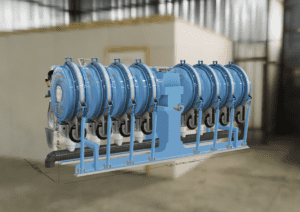
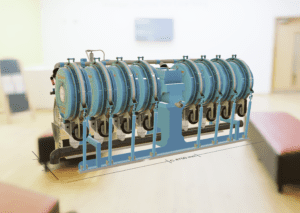
Why do 3D experts use HDR instead of LDRI for 3D models?
3D experts prefer to use HDR (High Dynamic Range) images instead of LDRI (Low Dynamic Range) images because HDR allows them to capture and display a wider range of brightness and detail.
To put it in perspective, common image files like JPG use LDR, which limits the brightness range from 0 to 255. This limited range is insufficient for properly illuminating a 3D object and its textures, resulting in a cartoonish and unrealistic appearance.
On the other hand, HDR images offer an almost unlimited range of brightness (full dynamic range), providing more tones, details, and mood to make 3D models look more lifelike and convincing. This is why 3D experts opt for HDR over LDR.
Where can I find HDR images?
You can find HDR images in various ways:
1. Create Your Own: You can generate HDR images from standard pictures using popular 3D modeling software like Blender, Maya, and Keyshot. These software tools often have built-in HDR creation capabilities.
2. Online Sources: There are several websites where you can download free HDR images. Two popular options are Poly Haven and HDR Maps. These platforms offer a wide range of HDR images for various purposes.
3. Professional Assistance: If you need guidance or assistance in choosing, downloading, storing, and applying the best HDR images for your 3D commercial visualizations, you can consult with experts at companies like Visao. They specialize in helping you make the right choices for your specific needs.
So, whether you prefer to create your own HDR images or access them from online sources, there are plenty of options available to meet your requirements.
How do you open this environment?
Opening a high dynamic range (HDR) environment on a standard display requires a specific process due to the limitations of non-HDR devices:
1. Incompatibility with Standard Displays: High dynamic range images cannot be fully opened or displayed on a standard non-HDR device due to their extended range of brightness and contrast.
2. Conversion to LDR: To make an HDR file compatible with a regular display, it needs to be converted to a low dynamic range (LDR) format. This conversion is essential for the image to be viewed correctly.
3. Tone Mapping: To perform this conversion, a technique known as “tone mapping” is used. Tone mapping simulates the appearance of pictures with higher contrast and a wider dynamic range on a standard display.
4. Resulting Bitmap: After applying tone mapping, the HDR image is transformed into a regular bitmap format that can be displayed on standard monitors and screens. This bitmap version retains as much detail and quality as possible while adapting it to the limited dynamic range of non-HDR displays.
So, to open an HDR environment on a standard display, you’ll need to use a tone mapping process to convert it into an LDR format, ensuring it can be viewed correctly on conventional screens.
How to import a .STEP file into Blender
How do you apply an HDRI image on a 3D model?
To apply an HDRI image to a 3D model, you can use common 3D modeling software like Blender and Maya. In these programs, you’ll typically add the HDRI image to your scene as a lighting and environmental texture, adjusting settings to control its impact on the model’s lighting and reflections.
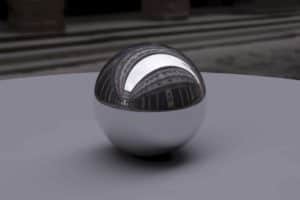
Alternatively, for a user-friendly online solution, consider Visao’s 3D visualization platform. With Visao, you can effortlessly enhance the detail and realism of your 3D models by uploading your model and applying HDRIs with just a few clicks.
How can you use HDRIs in nXt Render?
To utilize HDRIs in NXT Render, you can employ them to illuminate environments. These HDRIs can be applied to NXT Render scenes, essentially enveloping the scene with their lighting and reflections. This imparts realistic lighting and image-based illumination to various parts of a site plan rendering. This same functionality is also accessible in Flamingo NXT.
How to convert HDR files (.hdr)
It is possible to convert GLB files into specific formats. Below is a list of the most common conversions.
How to convert HDR to JPEG
Once you have your HDR file ready, you can use a free online resource to convert the hdr file in seconds to a JPEG.
How to convert HDR to PNG
Once you have your HDR file ready, you can download and use a free online resource that can convert the hdr file in seconds to a PNG.
Need help with HDRI environments for 3D visuals?
Visao provides a web-based platform that allows manufacturers to use their CAD files to create interactive 3D visualizations of their products for website, marketing, sales processes, trade shows and production.
Do you need additional details or custom recommendations for producing photorealistic 3D models of your industrial designs? Contact us, and we’ll gladly help you with the process!
